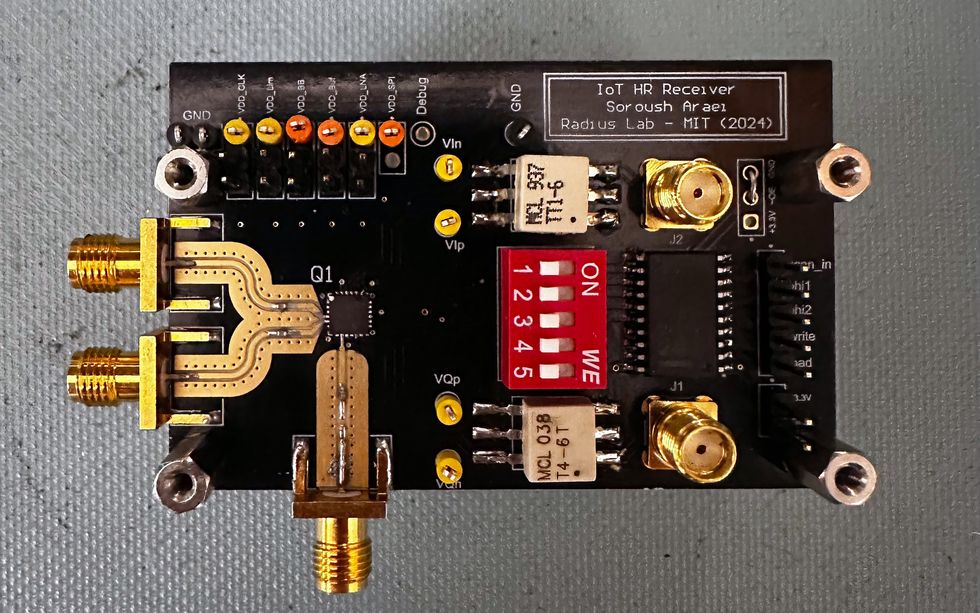Now Reading: 5G Revolutionizes the Internet of Things
-
01
5G Revolutionizes the Internet of Things
5G Revolutionizes the Internet of Things

Rapid Summary
- Researchers and Development: MIT researchers have developed a new chip component too extend the applications of IoT (Internet of things) under 5G standards.
- Technological Highlights:
– The innovation promotes energy efficiency, low latency, and enhanced device connectivity for small, low-power IoT devices like health monitors, smart cameras, and industrial sensors.
– Uses slimmed-down “5G RedCap” technology for improved frequency hopping capabilities across networks without needing extensive batteries or power supplies.
- Performance Metrics: The MIT chipS advanced design filters out interference up to 30 times better than conventional receivers while consuming less than a milliwatt of power.
- Prototypes & Goals: Designed using cost-effective mainstream CMOS technology with future objectives including expanding frequency coverage and eliminating dedicated power supplies by harnessing ambient electromagnetic waves.
- Potential Applications: Ideal for scalable deployments such as industrial sensors, wearable devices, secure wide-area networks in warehouses.
!IoT Running Over 5G
running iot systems over 5G requires very low power consumption; the MIT team’s chip aims for ultra-efficient filtering. (Soroush Araei)
Indian Opinion Analysis
The innovation from MIT represents a significant leap in integrating IoT functionality within the ambit of upcoming telecom advancements like 5G networks. for India-a growing tech hub-the implications can be profound given its expanding digital economy and focus on smart cities under initiatives like Digital India.
By enabling ultra-efficient chips that consume minimal power while supporting massive device connectivity per square kilometer (up to one million),this technology bears relevance for India’s large-scale urban deployment plans-such as traffic management through sensors or industrial automation-which require sustainable solutions at lower costs.However, challenges persist regarding manufacturing scalability since these chips demand precise circuitry production standards that mid-tier Indian fabs must carefully match without inflating costs substantially during implementation phases.
Lastly, human capital upliftment is critical; collaborative partnerships around universities/research hubs can fuel understanding about designs involving “frequency hopping” signals directly relevant towards projects advancing India’s hardware research locally yet universally compatible across partner economies digitally adapting multi-note IOT-layer controls crucial modernizations pathways expansions rapidly all industries entirely facilitated future-read telecom frameworks laid intact!

























